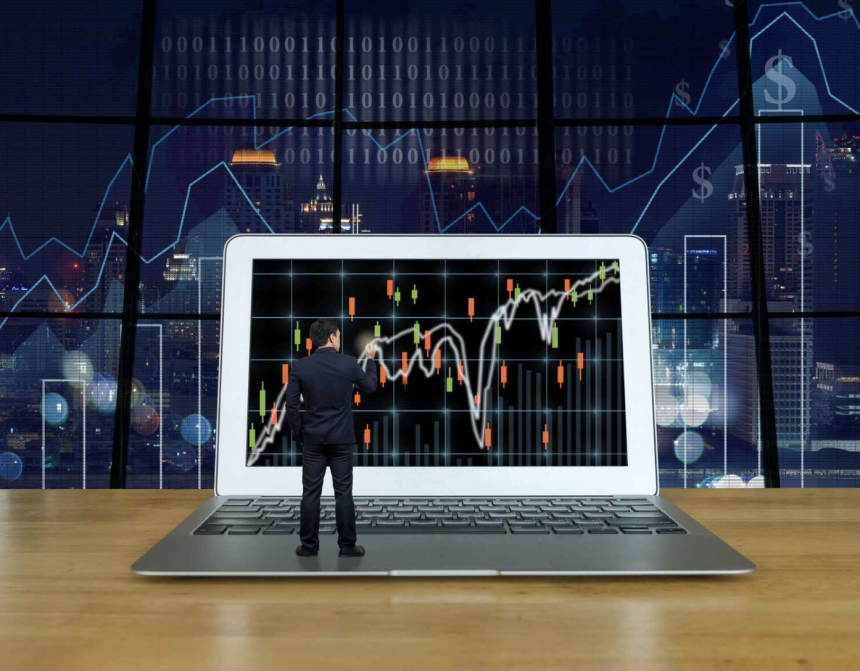Introduction
Forex trading, the largest and most liquid financial market in the world, offers immense opportunities for investors seeking to profit from currency movements. While various trading strategies exist, two prominent approaches are technical analysis and predictive focus. In this article, we will delve into the importance of these methodologies in forex trading, exploring their key concepts and benefits.
Meaning of Technical Analysis
Technical analysis is a method of forecasting future price movements based on historical market data, primarily focusing on price charts, patterns, and indicators. It operates on the premise that historical price behavior repeats itself due to human psychology, enabling traders to identify trends, support and resistance levels, and potential entry and exit points.
Key Concepts and Tools Used in Technical Analysis
Trend Analysis: Technical analysis helps identify the direction of the market trend, whether it’s upward (bullish), downward (bearish), or sideways (consolidation). Trend lines, moving averages, and trend indicators like the MACD or Parabolic SAR aid in recognizing and confirming trends.
Support and Resistance Levels: These are price levels where the market tends to find temporary barriers. Support acts as a price floor, preventing further downward movement, while resistance acts as a price ceiling, limiting upward movement. Identifying these levels can assist traders in determining potential entry and exit points when trading with any of the best forex brokers.
Chart Patterns: Technical analysts study various chart patterns, such as triangles, head and shoulders, double tops/bottoms, and flags. These patterns provide insights into potential trend reversals or continuation, offering traders opportunities to enter or exit trades.
Benefits of Technical Analysis
- Objective Decision-Making: Technical analysis relies on data-driven analysis, removing subjective biases and emotions from trading decisions. It provides traders with concrete parameters to determine entry, exit, and stop-loss levels.
- Timing Entry and Exit Points: By identifying patterns and trends, technical analysis helps traders time their trades more effectively, enhancing the probability of capturing profitable price movements.
- Risk Management: Technical analysis allows traders to set stop-loss orders based on key support and resistance levels, reducing the potential downside risk of a trade.
Meaning of Predictive Focus
Predictive focus, also known as predictive analysis, combines elements of technical analysis and fundamental analysis to forecast future price movements. This approach integrates historical market data with economic indicators, geopolitical events, and other relevant factors to develop a comprehensive outlook on the forex market.
Major Components of Predictive Focus
Fundamental Analysis: Predictive focus incorporates fundamental analysis to evaluate macroeconomic factors, central bank policies, interest rates, geopolitical events, and other variables that impact currency values. This analysis helps traders understand the underlying economic drivers that influence price movements.
Technical Analysis Integration: Predictive focus complements fundamental analysis with technical analysis tools and concepts. By considering historical price patterns, support and resistance levels, and indicators, traders can validate their fundamental analysis and enhance their trading decisions.
Benefits of Predictive Focus
- Holistic Perspective: Combining fundamental and technical analysis allows traders to gain a more comprehensive understanding of market dynamics. By considering multiple factors, traders can develop a more informed outlook on currency movements.
- Enhanced Accuracy: Predictive focus can provide a more accurate assessment of future price movements by leveraging both fundamental and technical analysis. This integration reduces the reliance on a single methodology, potentially improving trading results.
- Adaptability: Predictive focus enables traders to adjust their strategies in response to changing market conditions. By monitoring economic indicators, geopolitical events, and technical patterns, traders can adapt their trading approach to capture opportunities arising from shifting market dynamics.
Conclusion
Technical analysis and predictive focus are essential tools for forex traders, each with its own merits and limitations. While technical analysis provides valuable insights into price patterns and trends, facilitating objective decision-making, predictive focus on its part combines fundamental and technical analysis, offering a holistic perspective on currency movements.
Lynn Martelli is an editor at Readability. She received her MFA in Creative Writing from Antioch University and has worked as an editor for over 10 years. Lynn has edited a wide variety of books, including fiction, non-fiction, memoirs, and more. In her free time, Lynn enjoys reading, writing, and spending time with her family and friends.















